Is Bougainvillea Poisonous to Dogs?
Bougainvillea is a breathtakingly beautiful plant that’s prized just as highly for its environmental adaptability as it is for its dramatic sweeps of vibrantly-colored flowers. Together, these qualities have made it a hot commodity among home gardening enthusiasts in warmer climates.
Bougainvillea is not listed as toxic to dogs by the ASPCA, but its flowers can be mildly toxic if ingested in large amounts, potentially causing symptoms like vomiting and diarrhea. The plant’s thorny stems and irritating sap also pose physical hazards, so it’s best to keep dogs away from bougainvillea.
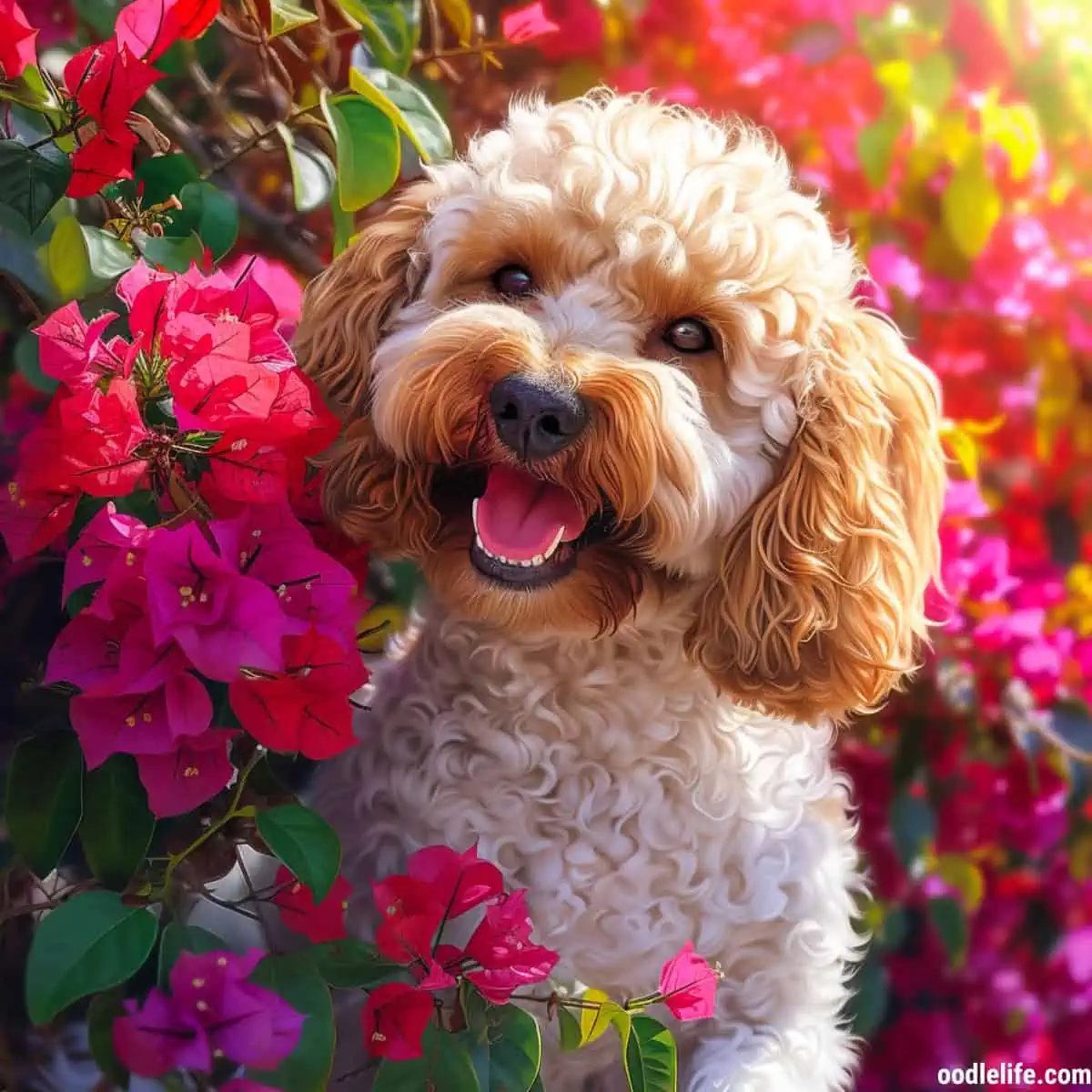
Even the most enchanting types of flora can lose their appeal, however, when you find out that they might be poisonous to your beloved pets.
But is bougainvillea poisonous to dogs? Is this showstopper safe to have around if you own dogs or should you err on the side of caution and banish it from your backyard?
Is Bougainvillea Poisonous to Dogs?
Is bougainvillea poisonous to dogs? Here’s the good news: bougainvillea is nowhere to be found on the ASPCA’s extensive list of plants that are harmful to dogs. That means you’re free to cultivate it, decorate with it, or frolic in its general vicinity without worrying about what might happen should your pup decide to turn it into a snack.
That said, many veterinarians and pet health experts claim that bougainvillea flowers can be mildly toxic to small animals when ingested in large amounts.
It’s possible that your dog could get sick if it were to eat too many of the inviting bracts while you had your back turned. In such an instance, you could likely expect symptoms similar to those that characterize bouts of canine food poisoning: vomiting, diarrhea, trembling, temporary loss of appetite, dehydration, and fatigue or general droopiness.
Furthermore, the plant’s thorny stems could prove to be a hazard in themselves.
As mentioned, bougainvillea stems are tough and spiky and can therefore easily cause scratches, cuts, or puncture wounds if your dog happens to get too close. In terms of sheer injury potential, the thorns of bougainvillea are far worse than the thorns of other common keep-away plants like roses, hawthorne, and pyracantha (and those are all pretty gnarly in their own right).
As if that weren’t enough, bougainvillea stems and leaves are also full of irritating sap, that if spread to the skin, could result in a nasty case of contact dermatitis. This is an uncomfortable but thankfully non-serious condition marked by redness, swelling, and itching.
Keep in mind that these dangers apply not just to your dog but to you, as well—sometimes the most alluring things in life are also the most treacherous, so take care when you do your pruning or pause to snap that selfie.
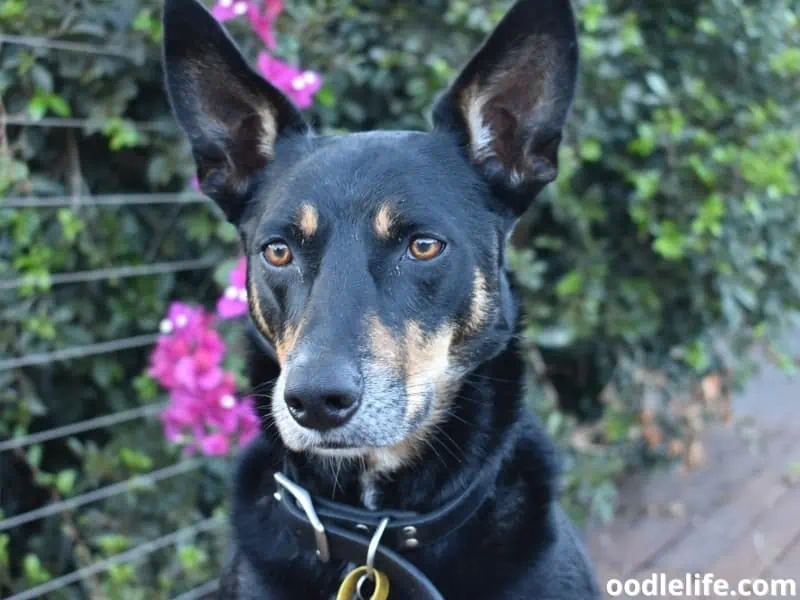
What Does Bougainvillea Look Like?
To better understand the risks bougainvillea might pose to your dog’s health, it can be helpful to know how to identify it.
Bougainvillea is a genus of flowering plants that encompasses some 4 -18 individual species. Each of these species develops as either a tree, a shrub, or a vine. As you might imagine, bougainvillea trees grow tall and upright, while the shrub versions tend to be lower and more spread out and bougainvillea vines flow like liquid over their supporting structures.
Despite their organizational differences, all of the most well-known varieties of bougainvillea display woody, thorn-covered stems, bright green oval or heart-shaped leaves, and dense clusters of colorful flowers.
While the actual flowers of bougainvillea are small and white, the surrounding bracts, or clusters of handsome ornamental leaves, come in a dazzling array of hues, including pink, purple, magenta, scarlet, orange, golden yellow, and white. Both the flowers and the flower-like bracts are also recognizable for their thin, papery petals—“paper flower” is a common nickname for bougainvillea.

How to Prevent Bougainvillea Toxicity?
If you elect to have both a dog and a bougainvillea (which is perfectly alright to do), your safest bet is to situate your plant somewhere that’s more or less off-limits to your pup.
For instance, you might plant a bougainvillea tree in an out-of-the-way corner of your yard. Similarly, you could stick a bougainvillea shrub in a raised garden bed, or coax vine bougainvillea into growing on a trellis that you position over a walkway or on one of your home’s outer walls.
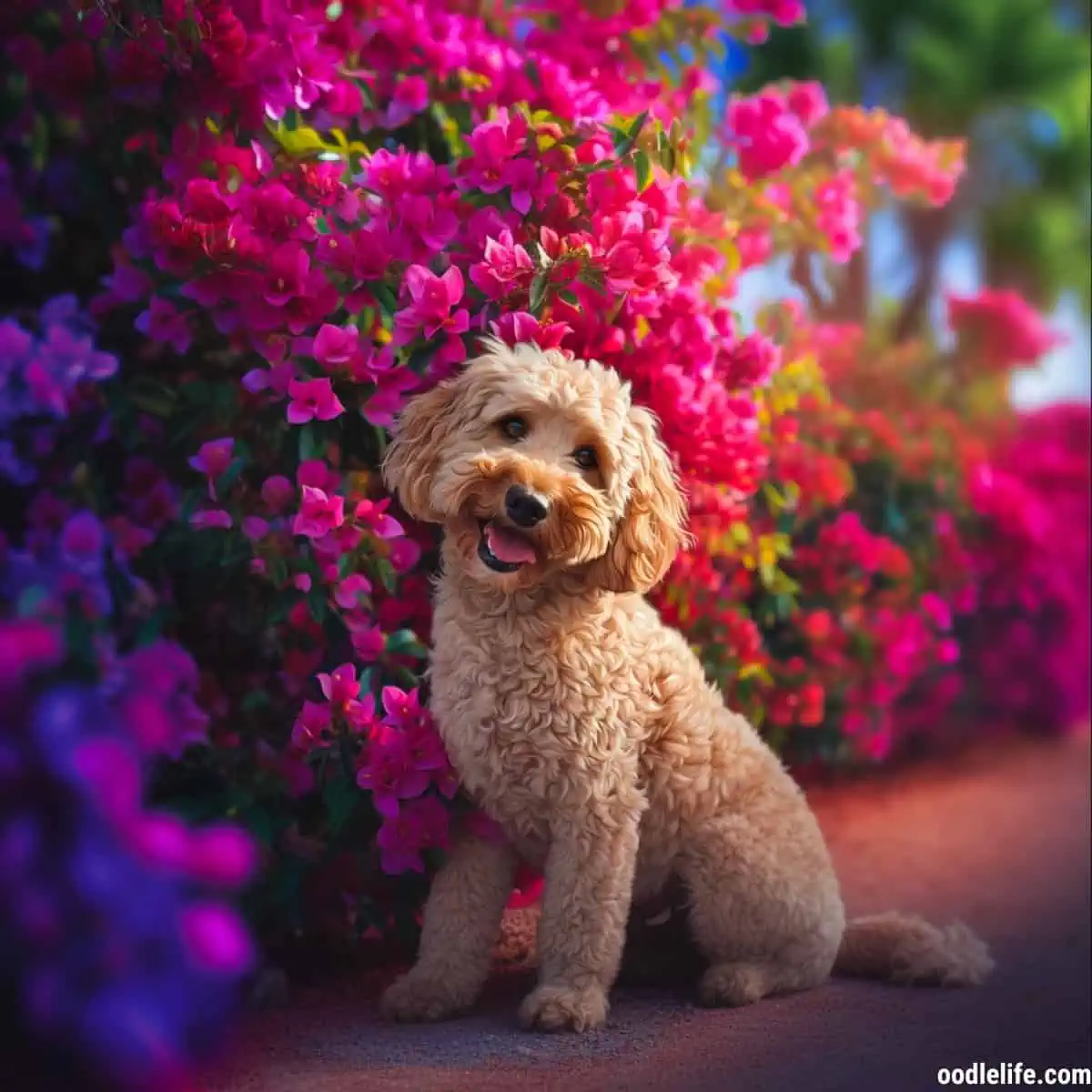
One of the many great things about bougainvillea is its versatility—with the right species, a suitable growing space, and a little resourcefulness, there’s practically no end to the number of eye-catching arrangements you could dream up.
It should go without saying that you’ll want to keep an eye on your dog anytime you let it out to make sure it’s not disturbing your bougainvillea. Fortunately, dogs aren’t naturally attracted to these sorts of plants, so chances are good that they won’t even notice if there are other things around to grab their attention.
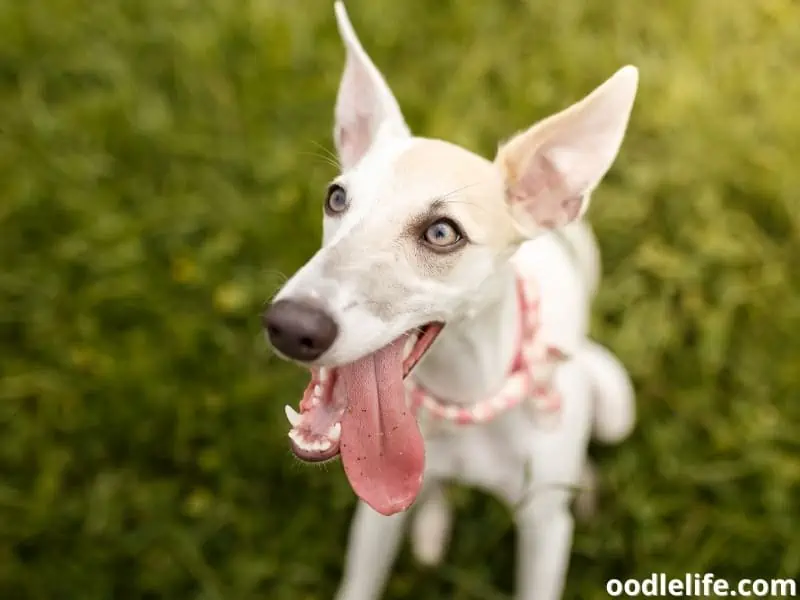
What to Do if Your Dog Gets Into Your Bougainvillea?
First of all, don’t panic—everything’s going to be fine.
If your dog has already wolfed down a good amount of foliage, there’s really nothing you can do other than prepare for the impending expulsion. It may be a good idea to put some towels or a few sheets of newspaper down in the areas where your pet normally posts up. Otherwise… well, you can use your imagination.
Be sure to monitor your furry friend’s condition closely for the rest of the day. If they appear to be getting worse over time rather than better, or if you notice any troubling symptoms such as wheezing, tremors, difficulty moving, or bloody vomit or stool, an emergency trip to the vet or a 24-hour animal clinic may be in order.
If you caught your dog rolling in a patch of bougainvillea and it’s now covered in sap, you’ll want to bathe it right away . Don’t just spray it with the hose and call it a day—fill a tub with warm water and scrub your polluted pet from snout to tail to ensure that not a trace of sap is left behind.
Afterwards, it’s probably okay to give them a Benadryl tablet (or half of one, depending on its size) as a precaution. This should keep any itchiness or irritation it experiences from getting too uncomfortable. That said – ask a Vet at a routine visit prior to administering anything.
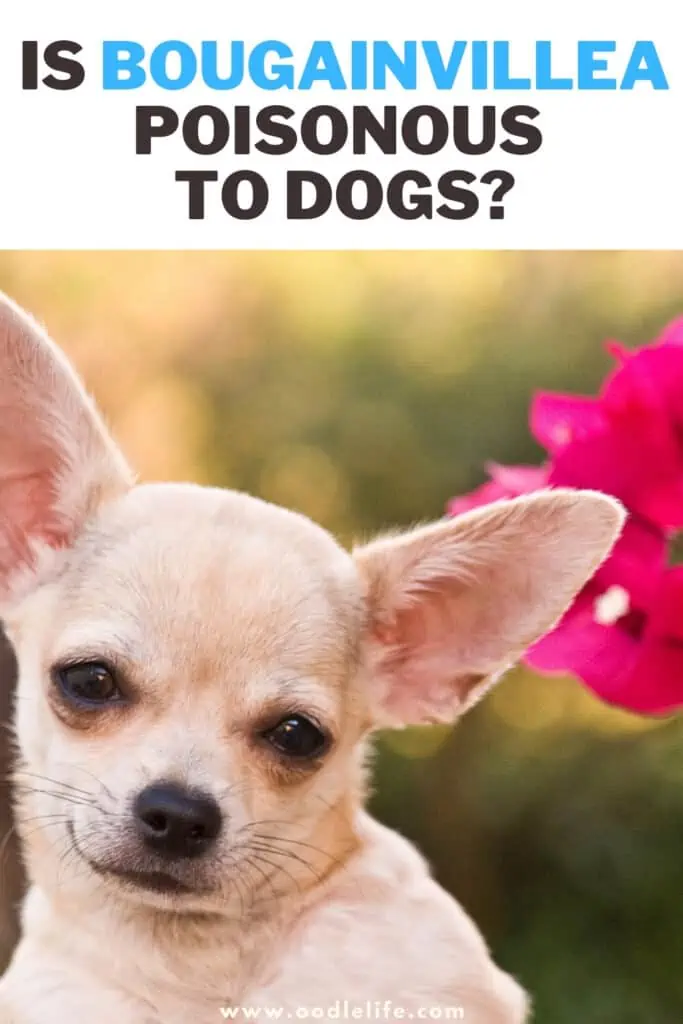
Wrap-Up
So is bougainvillea poisonous to dogs? To recap, it’s no great threat to your dog, so long as you don’t give it free rein to explore the plant unsupervised.
Just shoo your pooch away if it starts showing a little too much interest in the colorful bracts. If you plan on adding a picturesque tree, shrub, or flush of vines to your home garden, try to set up in such a way that it doesn’t invite close investigation.
That way, you won’t need to be concerned about one of your darlings harming the other.